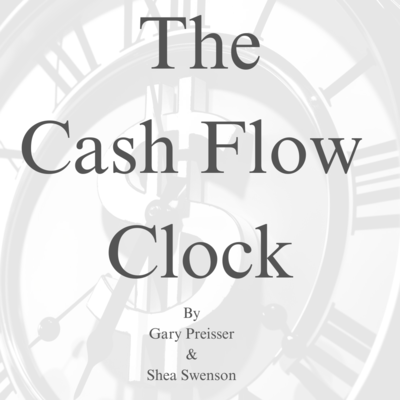The Cash Flow Clock: For Retirees - Book - Page 6

The Cash Flow Clock
The Cash Flow Clock
The Cash Flow Clock is based on a simple concept:
Our financial assets have one purpose – to be used for income, either in the
short term or in the future. The timing of our cash flow needs should
determine the amount of risk we take with our investments.
The sooner we need to use our money, the less risk we should take with our
investments. The longer we can wait, the more risk we can afford to take.
Any assets that we will need or want to use in the short term (definitely
within one year but even up to three years) should be held in Lazy Money.
Lazy Money is guaranteed not to lose to the market.
It doesn’t grow enough to keep up with inflation long term (thus the name
“Lazy”). But growth is not the purpose in the short term. The only thing
that matters is liquidity. No matter what may be happening in the market,
the economy, or the world, Lazy assets must be available to use when we
need or want them.
Assets that may not be used immediately but will be needed within the next
ten years should be invested in Safe Money.
Safe Money is the same as Lazy Money but with higher rates of return.
We need enough return in our Safe Money investments to at least keep up
with inflation for a longer period of time so that our assets don’t lose value.
Most importantly, Safe Money must be liquid and available when needed for
cash flow.
Once we have enough Lazy Money to cover our cash flow needs for at least
a year and enough Safe Money to provide for at least 10 years, then
everything changes. The rest of our assets need to provide income in the
future - 10, 20, 30 years or more down the road. Short-term liquidity is no
longer the concern. Long-term value is the only thing that matters. We can
2